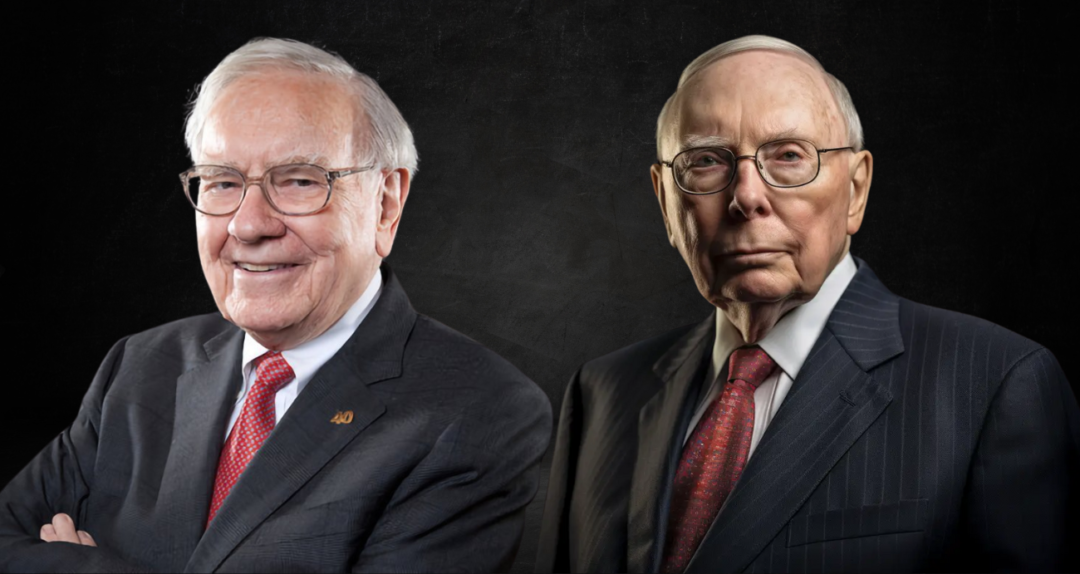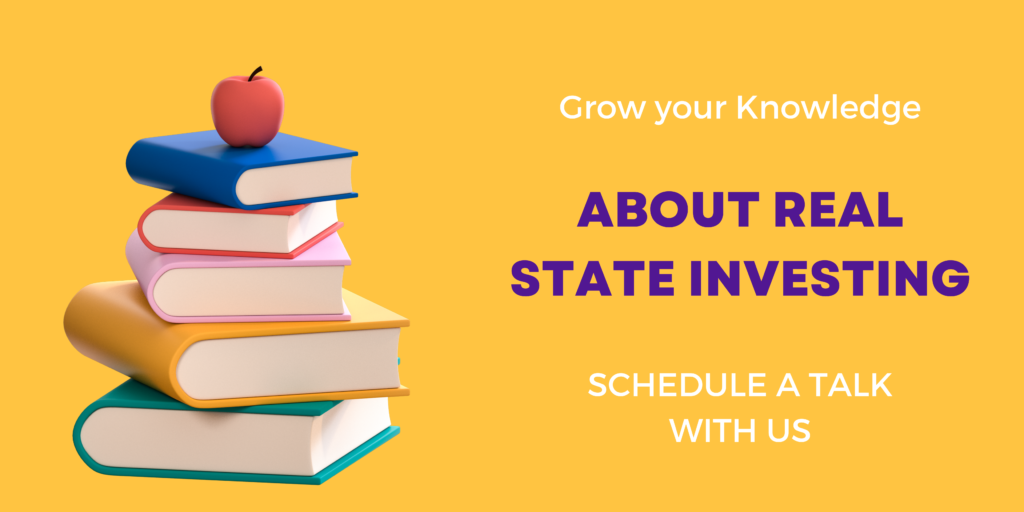Understanding the Impact of Price, Value, and Cash Flow on Real Estate Investments
Navigating the Price-Value Gap in Real Estate Investments

Warren Buffett and Charlie Munger often emphasize the discrepancy between the price and value of an investment, whether it involves a business or a real estate property. Price is what you pay for something, whereas the value is what that something is really worth. Whether it is a business or a property, the value is determined by how much cash flow it is generating now, or will generate in the future.
In times like these, cash flow becomes crucial in real estate investments. Prices for large commercial-grade multifamily properties have dropped by up to 30% from their peak in 2021, and it’s anticipated they will further decrease by another 10% in 2024.
This decline is due to the amount that buyers’ are willing to pay, which depends on borrowing costs for property purchases. As borrowing costs rise, the amount buyers are willing to pay decreases. For example, what you could borrow at a 4% interest rate in 2022 now requires borrowing at 6-8% at current rates. With decreased prices, this results in an increase in cap rates.
An increase in supply is also expected due to new properties coming onto the market, leading to more competition, flattening rents, and reducing revenues. The values of large multifamily properties are directly linked to the property’s earnings, known as net operating income (NOI).
Anticipations suggest a greater supply of properties for sale as some operators may be forced to sell when their initial bridge loans come due for renewal. Some may struggle to refinance because current market values are to be less than what they owe on their original loans.

All these factors combined lead to decreased prices, even for properties performing well in terms of cash flow.
For instance, imagine purchasing a property in 2021 with an NOI of $1,000,000 at a 4% cap rate, which equates to a purchase price of $25,000,000. If you’ve improved the property, raising rents, reducing expenses, and increasing occupancy, resulting in a new NOI of $1,200,000, trying to sell it in the current market with cap rates at 5.5% would only command a $21,800,000 selling price.
Though you’ve effectively increased your earnings by 20%, the market price of the property has dropped by almost 13%, highlighting the discrepancy between price and value.
This situation creates opportunities for buyers to purchase properties at well below peak prices. However, if you’re already an owner / operator, the best scenario is to hold on and avoid selling at a loss during a low point in the cycle.
If you’re in a position where your investment is still generating passive income, with your NOI being greater than the cost of your mortgage, that’s great. Once interest rates are reduced, expected to happen sometime this year or early next year, and borrowing costs decrease, property prices will go up again. That is because there is no indication that demand for housing will subside in the near future, as the supply increase this year will not meet the overall shortage of housing that is anticipated over the next 10 years or more.

For property owners and investors, this could result in recovery and further appreciation of your investment. If you’re a potential investor or buyer, now might be a generational opportunity to purchase at prices below intrinsic values.
In conclusion, always invest with cash flow in mind and for the long term. Real estate appreciates over the long term, and prices generally will reflect value over a more extended time horizon.
Having continuous cash flow and increasing the value of the property enable you to weather and even thrive within storms like the one we are experiencing now and in the future.
If you want to talk about how you can build and preserve wealth and generate passive income like the ultra-rich, set up a time to talk with me

Download a copy of our free e-book here to learn how dentists and other professionals can replace their income by passively investing in real estate.
Visit our Facebook and LinkedIn pages, or join our newsletter mailing list for articles, updates, and opportunities.